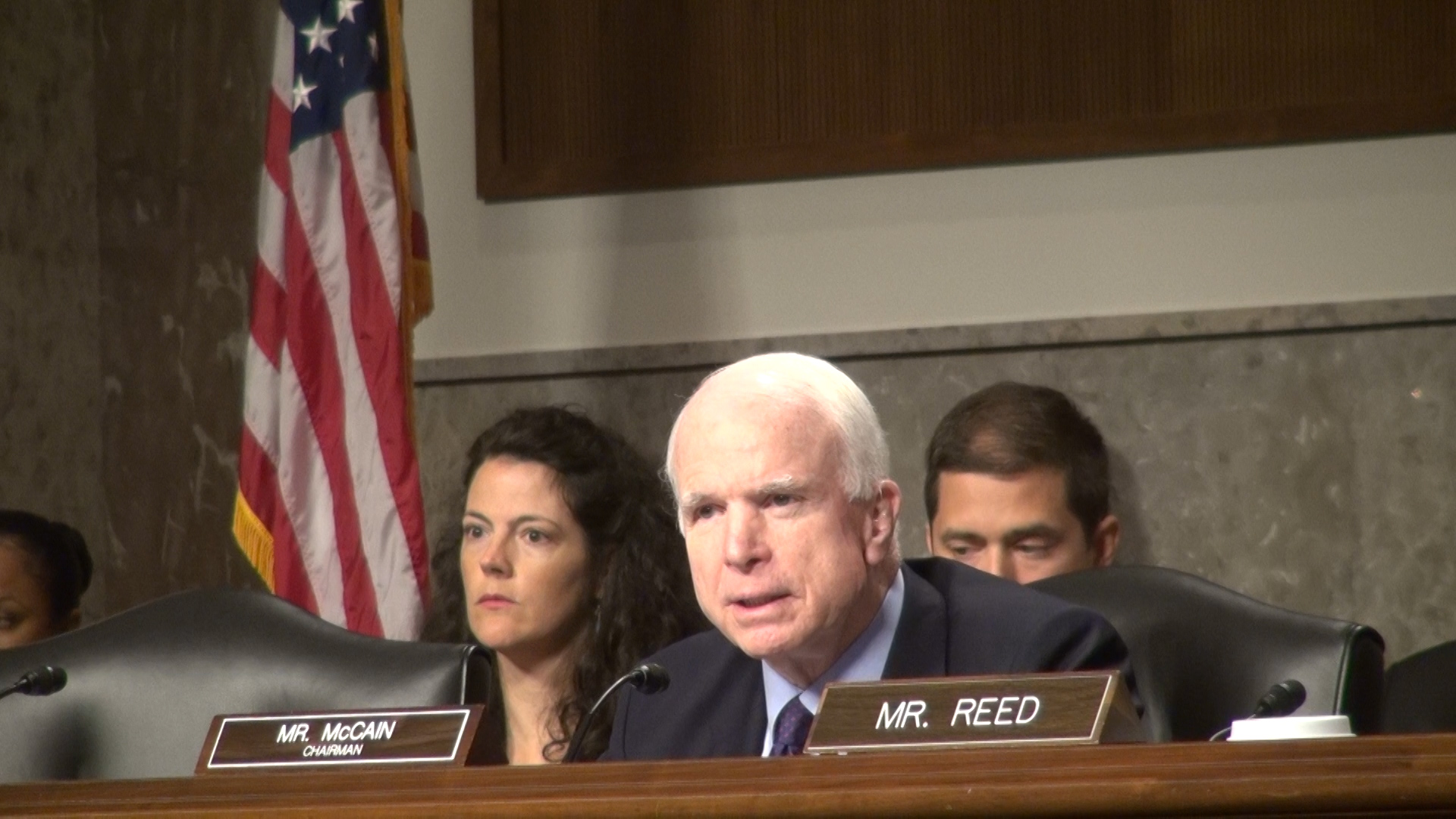WASHINGTON – Senators condemned billions of dollars in cost overruns in an overdue aircraft carrier program, cracking down on Navy officials Thursday at an Armed Services Committee hearing.
The USS Gerald R. Ford (CVN 78) and the USS John F. Kennedy (CVN 79) are part of the Ford-Class carrier program that has gone $4.7 billion over budget so far and is more than five years behind schedule.
“While we recognize that designing and building an aircraft is a difficult and costly, the committee is concerned that some of the problems were foreseeable and should have been resolved years ago,” said Sen. Jack Reed, D-Rhode Island, top Democrats on the panel.
Other senators on the committee also criticized the Navy for underestimating the magnitude of the huge Ford-class ships. The USS Gerald R. Ford is now expected to reach delivery next May 2016, eight months after it was initially projected for completion.
“There’s no excuse,” Sen. Joni Ernst, R-Iowa, said as she looked down from the committee table at Navy leaders. “You can talk about all the gee-whiz gadgets you want, that’s fantastic, but I will tell you this is affecting all the other services as well.”
The estimated cost for the USS Gerald R. Ford was raised to $12.9 billion, up $2.4 billion from the original estimate.
Sitting at the witness’s tables were several Navy officials, including Sean Stackley, assistant secretary of the Navy for research, development and acquisition. He tried to explain what went wrong in the early process.
“I am accountable,” Stackley said, directly addressing the chairman, Sen. John McCain, R-Arizona. “Costs were estimated and design and production proceeded with inadequate information regarding the complexity of the new systems.”
Stackley said that risk factors were not properly recognized and this impacted cost at each development stage. Production of the USS Gerald R. Ford is now 95 percent complete and cost performance improvements are being implemented, according to Stackley
An in-depth study, documenting the failures of the program and predictable outcomes, was produced by the Government Accountability Office with a statement delivered by GAO Managing Director of Acquisition and Sourcing Management Paul Francis.
“Right now we’re looking at getting less for more,” Francis said, criticizing the Navy. The GAO official then used a baseball metaphor. The Navy, he said, essentially has to hit “seven home runs in the bottom of the ninth,” to meet the most recent cost estimates.
The Ford-class super carriers were developed to replace the Nimitz-class carriers, authorized by Congress way back in 1967 during the Vietnam War.
Some of the new technology planned for the Ford-Class carriers included a new electrical distribution system, enlarged flight deck and an electromagnetic catapult system. Stackley expects that the new carrier design can be used for the next fifty years.
“It is therefore imperative that our future carrier force have the capability necessary to defeat the future threat, but too, that it does so at a cost the nation can bear,” Stackley said, promising clarity and accountability moving forward.


